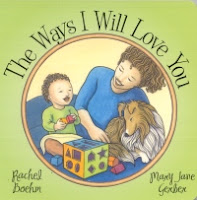السلام عليكم ورحمة الله وبركاته
Initially, I did not find myself inclined to place this book on my "Would like to read insha'Allaah" list because I find the Montessori method of education to be sound in many ways and whatever parts I feel either contradict Islaam or do not apply to my classroom, I leave them. I was under the impression that the book was written with the goal of convincing nay-Sayers or those who were considering Montessori for their child(ren) and wanted to know more about this style of educating children.
After reading about two chapters, the book appears to be one whose primary purpose is to present Montessori in light of the scientific research that has been conducted in the fields of psychology and cognitive science that seek to better understand how human beings learn. The author uses available psychological research literature to evaluate the Montessori method of educating children and she also addresses how she feels Montessori education is a much better alternative than the current school system prevalent today. She points out that, in her opinion, the method of educating children that is widely used today is based on flawed assumptions and systems that are applicable to factories but not to children.
In her book, author Angeline Stoll Lillard looks at eight of Maria Montessori's insights on how people learn and she applies current and past research to these insights to evaluate if they are sound. Not replete with scientific terminology (to make the reading assessable to parents and teachers), the book may be of interest to parents and/or teachers who seek to understand the pedagogy behind the Montessori method. If this interest is not there, parents may not find the book very engaging or even a bit technical...waallaahu a'lam.
pages: 346
This video (6 minutes long) compares/contrasts between Montessori Education and Traditional Education. And there is another video of this same nature that may further explain Lillard's comment that
the method of educating children that is widely used today is based on flawed assumptions and systems that are applicable to factories but not to children
Second video is roughly 11 minutes long:






















